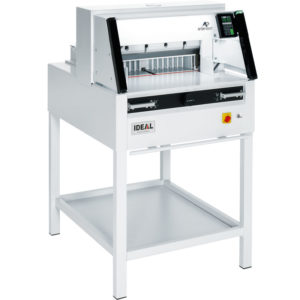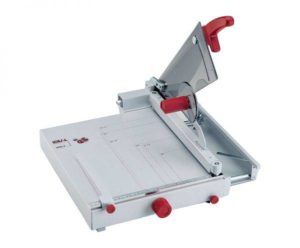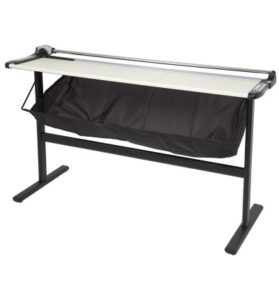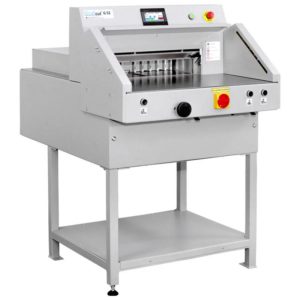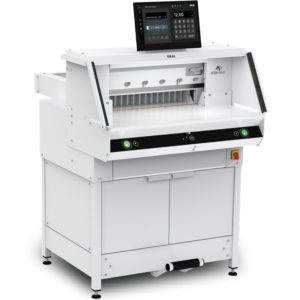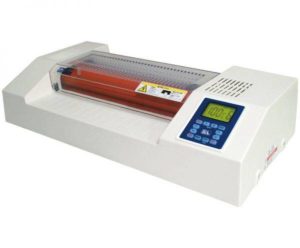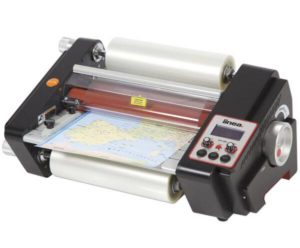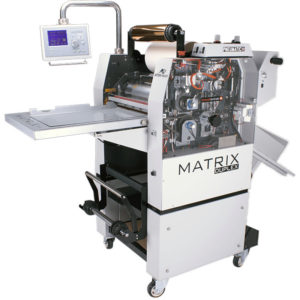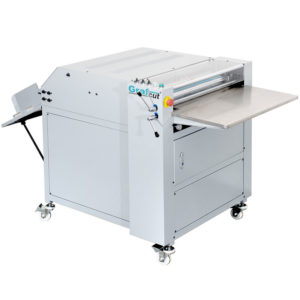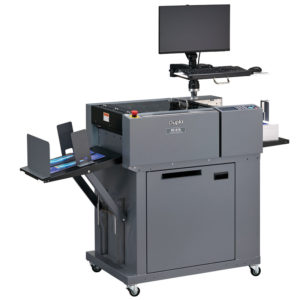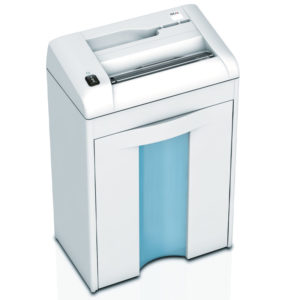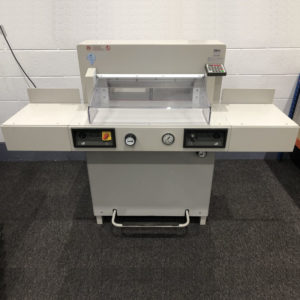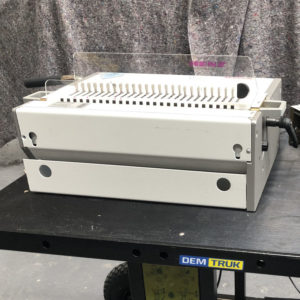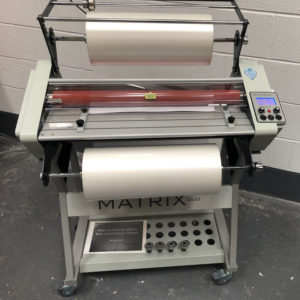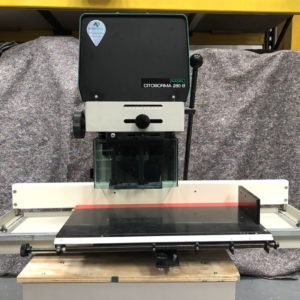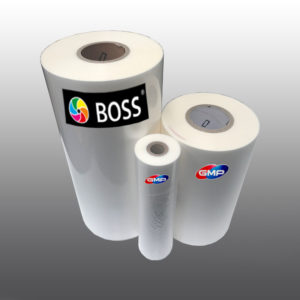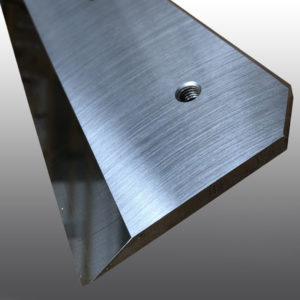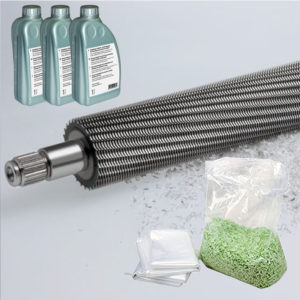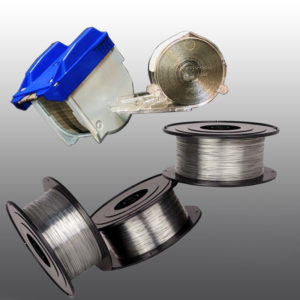8 January 2022
5 Best Things About Binding Machines
Binding machines are used in various industries, from document assembly to apparel manufacturing. They are also essential for certain office operations, like producing legal documents and mailing packages. Binding machines, rather than humans or other automated processes, are used in many applications today as they offer a wide range of advantages.
In the early days of the paper industry, making a book was an intricate process that required multiple steps. Various tools and machines use paper to bind to put together a book. However, there has been a remarkable evolution in quality and quantity since then. The main advantages of today’s binders are that they do not need human interaction, which is highly beneficial for companies who want to run on autopilot.
5 Best Things About Binding Machines
Here are the 5 best things about binding machines.
1. Easier to Maintain:
One of the most important strengths that a binding machine possesses is ease and simplicity in maintenance compared with traditional methods like binders and staplers. Binding machines are fully automatic, so no human interaction is involved during the production process. Therefore, they significantly reduce the frustration caused by manual labor while also eliminating any possibility of errors resulting from damage or failure of supplies used in more time-consuming manual production processes.
2. Environmental Friendly:
While there are many advantages of binding machines, one that is often overlooked is the environmental benefit. It’s not unusual for binders to face many problems during production, such as paper jams and machine breakdowns. With no human interaction in this process, these issues can be resolved quickly without placing humans at risk or causing further damage to materials.
3: Continuous Production:
Another significant attribute co-occurring with robotic automation effort is continuous production. This attribute allows contemporary binders to be placed on autopilot and then run without human intervention. And because there is little or no chance for error, the overall efficiency of a binding machine can be improved by nearly 10 times when compared with manual operations, leading to lower costs in the process of printing books.
4: Cuts Labour Costs:
Continuous automation means that modern bots are far more cost-effective than their manual counterparts. In the binding process, machines offer a low-labour alternative for jobs that once required human intervention, and at about 1/10 of the labour costs, there is more money to be made with automated machinery rather than using people
5: Makes Binding Fun:
One last benefit highlighted by the binding machine’s automation potential is its ability to present an entertaining task not usually found in paper product production. It has prompted some companies to place entertainment value in their operations by implementing robot-operated games that are set up within the confines of large binders. However, this is not always the case.
Conclusion
You may not be able to say this about the work now done by humans, but there is much opportunity for automation in today’s culture (such as binding machines). The process begins with optimizing an operation and increasing efficiency. This chain then leads to productivity by implementing robotics at every production level, involving sheet-placing mechanisms or worker automation with binding machines set up in large binders.


